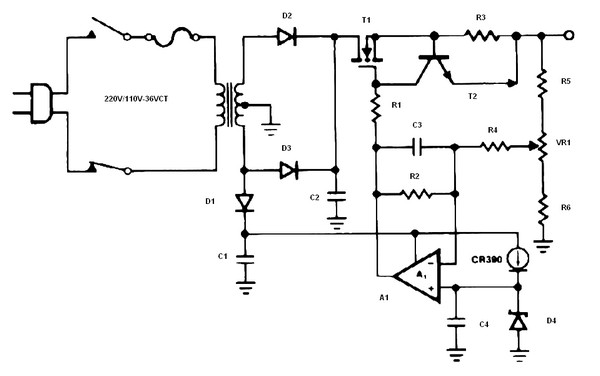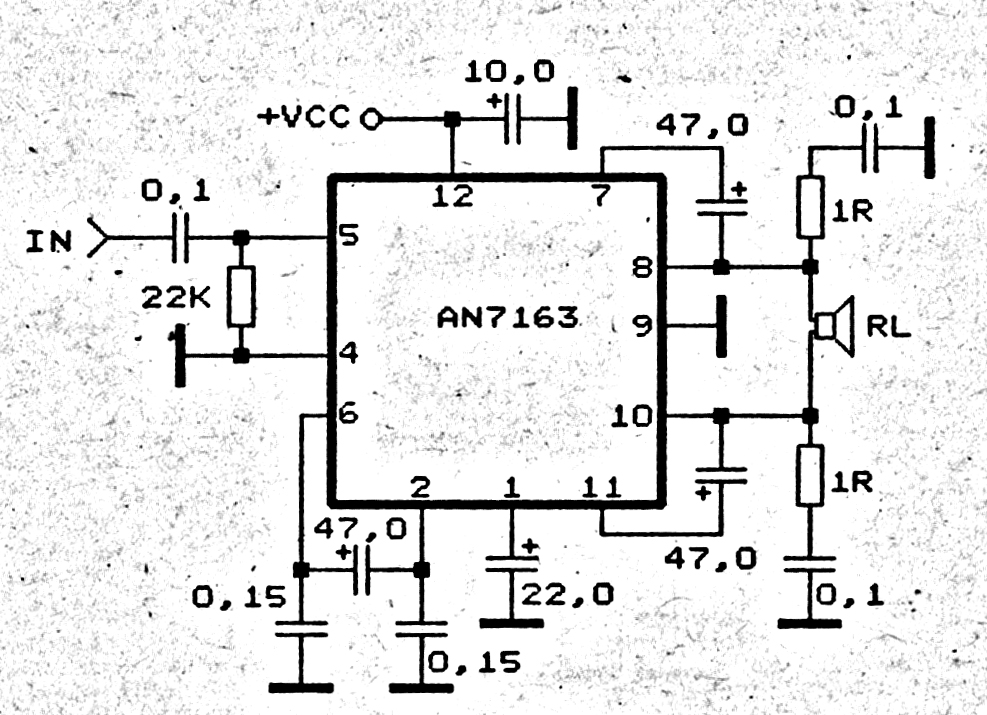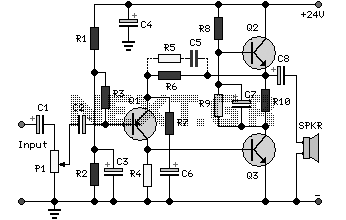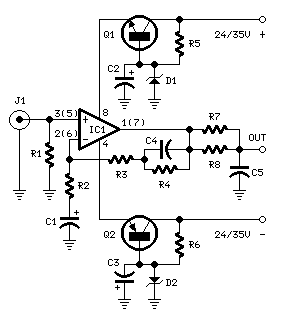
op amp Amplifying signal from CO2 Sensor

Amplify a MG811 CO2 sensor to a range readable by an ATMEGA2560 (0-5V). Other analog sensors are in use, so it is preferred not to change the reference voltage on the ATmega. A module that scales the signal has been found, and the intention is to replicate the circuit from the documentation while ensuring the schematic is correct. According to the module documentation, the sensor operates in a range of 100-600 mV, which differs from the datasheet indicating a range of approximately 260-350 mV. The module employs an LMC662 dual op-amp.
To amplify the output signal from the MG811 CO2 sensor for compatibility with the ATMEGA2560, the circuit must accurately scale the sensor's output voltage from its native range to the 0-5V range required by the microcontroller. The MG811 sensor typically operates within a range of 100-600 mV, although the datasheet suggests a narrower range of 260-350 mV. The amplification circuit utilizes the LMC662 dual operational amplifier, which is well-suited for precision signal conditioning.
The schematic design would typically include the MG811 sensor connected to the non-inverting input of one section of the LMC662. A resistor divider network can be employed to set the gain of the amplifier, ensuring that the output voltage from the op-amp is scaled appropriately to fit within the 0-5V range. The gain can be calculated using the formula \( V_{out} = (1 + \frac{R_f}{R_{in}}) \cdot V_{in} \), where \( R_f \) is the feedback resistor and \( R_{in} \) is the input resistor.
To ensure stability and minimize noise, decoupling capacitors should be placed close to the power supply pins of the LMC662. Additionally, it is advisable to include a low-pass filter at the output to smooth out any high-frequency noise that may affect the readings.
In conclusion, the design must consider the sensor's output characteristics and the operational amplifier's configuration to achieve the desired amplification while maintaining signal integrity. Proper validation against the expected output range is essential to ensure compatibility with the ATMEGA2560's analog input.Amplify a MG811 CO2 sensor to a range readable by an ATMEGA2560 (0-5v). I have other analog sensors, so do not want to change ref voltage on Atmega. I have found a module that scales the signal and want to replicate the circuit from the documentation, but want to make sure that the schematic I have is correct. It seems from the module documentation that the sensor operates in a range of 100-600mV (though this is different from the datasheet which shows a range between about 260-350mv). The module uses a LMC662 dual op amp. 🔗 External reference
To amplify the output signal from the MG811 CO2 sensor for compatibility with the ATMEGA2560, the circuit must accurately scale the sensor's output voltage from its native range to the 0-5V range required by the microcontroller. The MG811 sensor typically operates within a range of 100-600 mV, although the datasheet suggests a narrower range of 260-350 mV. The amplification circuit utilizes the LMC662 dual operational amplifier, which is well-suited for precision signal conditioning.
The schematic design would typically include the MG811 sensor connected to the non-inverting input of one section of the LMC662. A resistor divider network can be employed to set the gain of the amplifier, ensuring that the output voltage from the op-amp is scaled appropriately to fit within the 0-5V range. The gain can be calculated using the formula \( V_{out} = (1 + \frac{R_f}{R_{in}}) \cdot V_{in} \), where \( R_f \) is the feedback resistor and \( R_{in} \) is the input resistor.
To ensure stability and minimize noise, decoupling capacitors should be placed close to the power supply pins of the LMC662. Additionally, it is advisable to include a low-pass filter at the output to smooth out any high-frequency noise that may affect the readings.
In conclusion, the design must consider the sensor's output characteristics and the operational amplifier's configuration to achieve the desired amplification while maintaining signal integrity. Proper validation against the expected output range is essential to ensure compatibility with the ATMEGA2560's analog input.Amplify a MG811 CO2 sensor to a range readable by an ATMEGA2560 (0-5v). I have other analog sensors, so do not want to change ref voltage on Atmega. I have found a module that scales the signal and want to replicate the circuit from the documentation, but want to make sure that the schematic I have is correct. It seems from the module documentation that the sensor operates in a range of 100-600mV (though this is different from the datasheet which shows a range between about 260-350mv). The module uses a LMC662 dual op amp. 🔗 External reference





